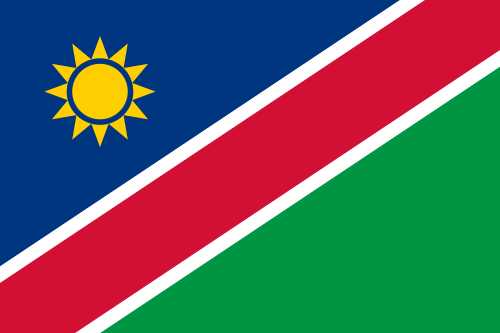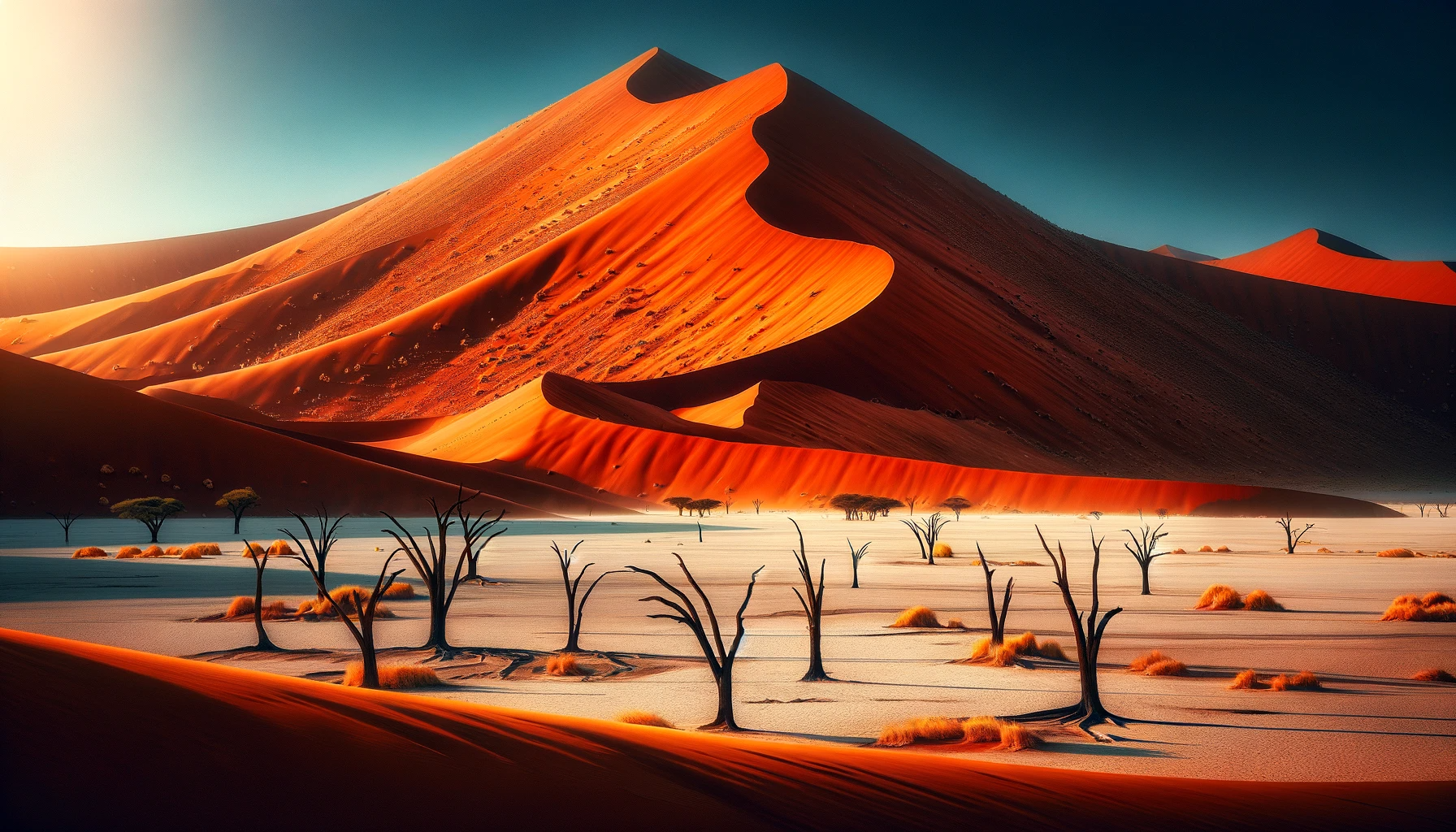Namibia, in southwest Africa, is distinguished by the Namib Desert along its Atlantic Ocean coast. The country is home to diverse wildlife, including a significant cheetah population. The capital, Windhoek, and coastal town Swakopmund contain German colonial-era buildings such as Windhoek’s Christuskirche. In the north, Etosha National Park’s salt pan draws game including rhinos and giraffes. Namibia’s stark landscapes, from the red dunes of Sossusvlei to the Skeleton Coast, offer a unique and haunting beauty, making it a haven for adventurers and nature lovers.
List of Public and National Holidays for Namibia in the year 2025
- New Year’s Day is on Wednesday, 1st January 2025.
- Independence Day is on Friday, 21st March 2025.
- Good Friday is on Friday, 18th April 2025.
- Easter Monday is on Monday, 21st April 2025.
- Workers’ Day is on Thursday, 1st May 2025.
- Cassinga Day is on Sunday, 4th May 2025.
- Cassinga Day Holiday is on Monday, 5th May 2025.
- Africa Day is on Sunday, 25th May 2025.
- Africa Day Holiday is on Monday, 26th May 2025.
- Genocide Remembrance Day is on Wednesday, 28th May 2025.
- Ascension Day is on Thursday, 29th May 2025.
- Heroes’ Day is on Tuesday, 26th August 2025.
- Human Rights Day / Women’s Day is on Wednesday, 10th December 2025.
- Christmas Day is on Thursday, 25th December 2025.
- Family Day is on Friday, 26th December 2025.
List of Public and National Holidays for Namibia in the year 2024
- New Year’s Day: Monday, 1 January 2024
- Independence Day: Thursday, 21 March 2024
- Good Friday: Friday, 29 March 2024
- Easter Monday: Monday, 1 April 2024
- Workers’ Day: Wednesday, 1 May 2024
- Cassinga Day: Saturday, 4 May 2024
- Ascension Day: Thursday, 9 May 2024
- Africa Day: Saturday, 25 May 2024
- Heroes Day in Namibia: Monday, 26 August 2024
- Human Rights Day / Women’s Day: Tuesday, 10 December 2024
- Christmas Day: Wednesday, 25 December 2024
- Family Day: Thursday, 26 December 2024
Facts and Info about The Republic of Namibia
- Population: 2.2 million (UN, 2010)
- Capital: Windhoek
- Area: 824,292 sq km (318,261 sq miles)
- Major languages: English (official), Afrikaans, German, Oshivambo, Herero, Nama
- Major religion: Christianity
- Monetary unit: 1 Namibian dollar = 100 cents
- Internet domain: .na
- International dialling code: +264

Namibia: A Land of Stark Beauty and Rich Cultures
Introduction
Namibia, in southwestern Africa, is known for its contrasting landscapes. From the Namib Desert to wildlife-rich national parks, Namibia offers a unique blend of natural wonders and cultural diversity.
Historical Overview
Namibia’s history is marked by indigenous cultures, German colonization, and South African rule. It gained independence in 1990, after a prolonged struggle led by the SWAPO (South West African People’s Organization). The country’s past plays a significant role in its present identity.
Geographical Diversity
Namibia’s terrain varies from the dunes of the Namib Desert to the Kalahari in the east. The Skeleton Coast, Etosha National Park, and Fish River Canyon are key natural attractions. Its arid and semi-arid climates shape its unique ecosystems.
Cultural Richness
Namibia is home to diverse ethnic groups, including the Ovambo, Khoisan, Herero, and Himba. Each group has distinct traditions, languages, and crafts. The country’s cultural mosaic is evident in its music, dance, and art.
Economic Landscape
Namibia’s economy is driven by mining (diamonds, uranium, gold), agriculture, and tourism. Despite its wealth in natural resources, challenges such as income disparity and unemployment persist.
Political Framework
Namibia is a stable democracy with a presidential system. The government is working towards sustainable development, with a focus on improving education, healthcare, and infrastructure.
Environmental Commitment
Namibia is a leader in conservation, with a significant portion of its land under environmental protection. Its innovative community-based conservation programs have been successful in wildlife preservation.
Tourism and Natural Wonders
Tourism in Namibia is growing, centered around its landscapes and wildlife. Activities include safari adventures in Etosha National Park, exploring the Namib Desert, and cultural tours to meet indigenous communities.
Arts and Heritage
Namibian art is diverse, reflecting its cultural heritage. Traditional crafts include weaving, pottery, and woodcarving. The nation’s struggle for independence and diverse ethnic backgrounds inspire much of its contemporary art and literature.
Societal Challenges
Namibia faces challenges such as ensuring equitable development, tackling poverty, and managing natural resources sustainably. The country is striving to address these issues while maintaining its cultural and natural heritage.
Global Role and Diplomacy
As a member of the Southern African Development Community (SADC) and the African Union, Namibia plays an active role in regional affairs. Its foreign policy focuses on peace, stability, and sustainable development.
Conclusion
Namibia stands as a land of contrasts, where stark natural beauty coexists with rich cultural diversity. As it continues to develop, it remains committed to preserving its unique environment and heritage, making it a captivating destination in Africa.

